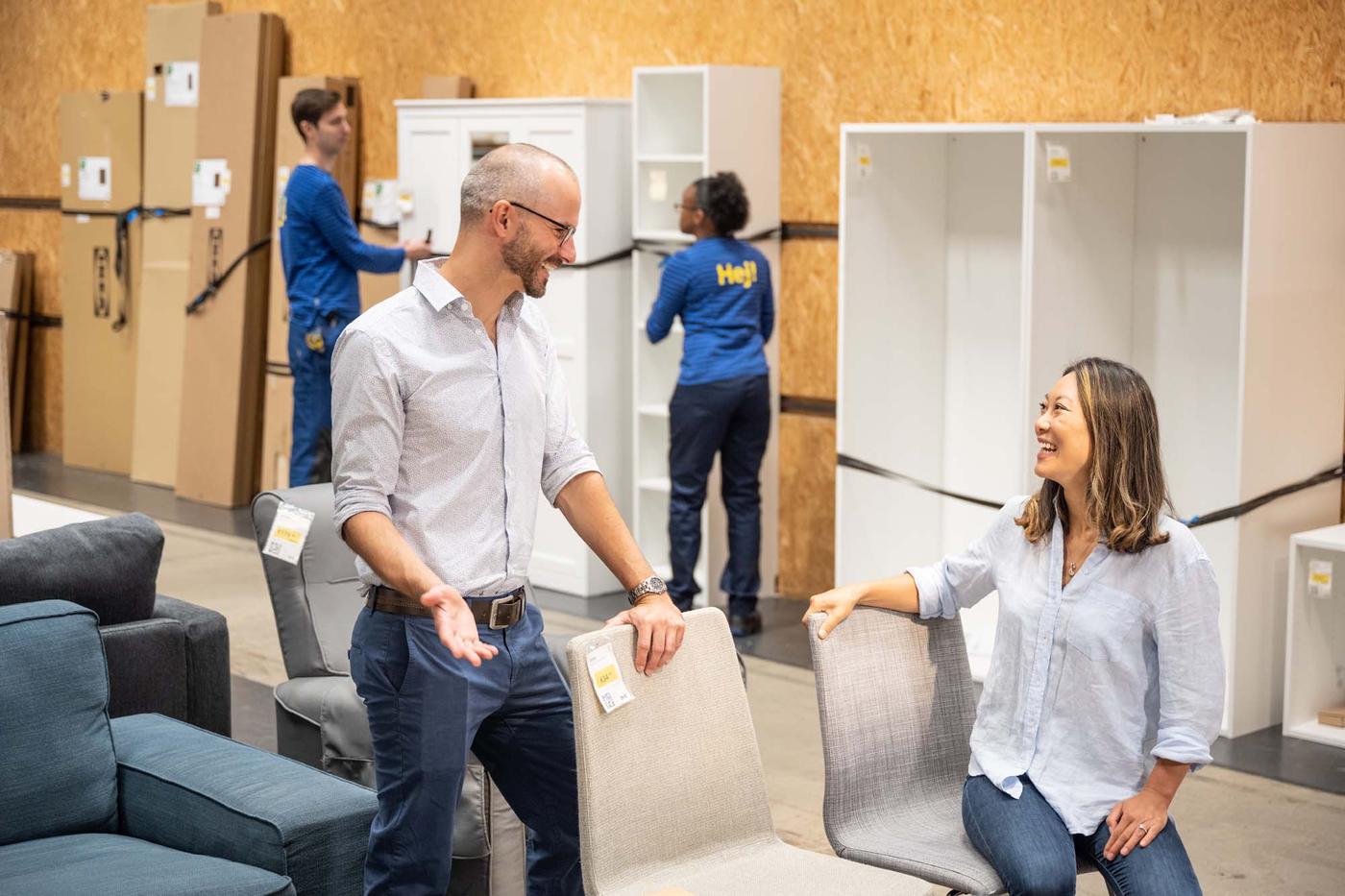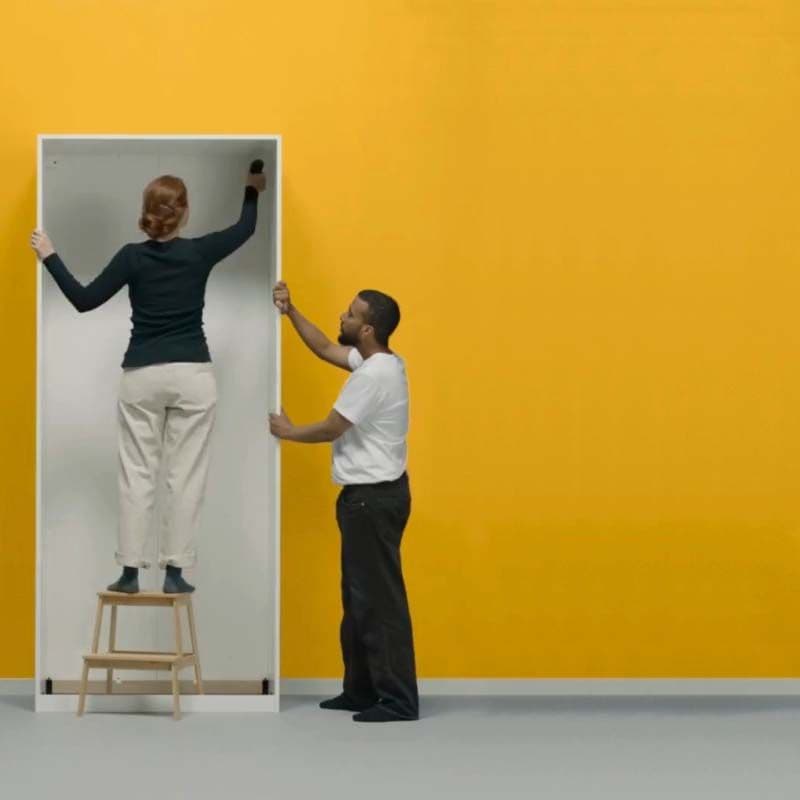
Our circular agenda
Circularity is a key enabler to tackle climate change, reduce pollution and waste, regenerate resources, and lessen our impact on nature. Transitioning towards a circular business is a fundamental, system-wide shift that affects every aspect of the IKEA business. This includes the products and services we develop and offer, the materials we source, and how we enable our customers to prolong the life of IKEA products and materials.
We need to adapt our own processes and ways of working to transitioning towards a circular business, and the IKEA value chain is part of a bigger system where significant change needs to take place. We will take the lead and join forces with others through advocacy, collaboration, and business partnership, and share knowledge and experience to advance the transitioning towards the circular economy. We collaborate and focus on long-term commitments and relationships with suppliers, business partners, NGOs, communities around the world, and engage together with our customers to accelerate the transitioning from linear to a circular economy.

For IKEA, we will continue our work to achieve the key results by 2030:
- IKEA products are designed from the very beginning to be reused, repaired, refurbished and recycled, achieving an average circular fulfilment score across our entire product range of 90%, with at least half of our products scoring 100%.
- Absolute decoupling of virgin, non-renewable material use from IKEA business growth is achieved, with an increase in the share of recycled and renewable content in IKEA products to at least 90%.
- Circular services are designed and implemented in at least 80% of our markets, making it easier for people to reuse, repair, refurbish and recycle.
Where we are focusing our efforts:
Embedding circular design principles in Democratic Design
Democratic Design is the basis for all our product design. Circular design principles are embedded in Democratic Design to ensure that we design for the intended use of the product, as well as design the product to move through the circular loops so that the life of the product could be extended. The design principles include designing for renewable or recycled materials, standardisation, care, repair, adaptability, disassembly and reassembly and recyclability.
Designed to move and grow with you
A key enabler to prolonging the life of products is through design, building in the flexibility to disassemble and reassemble the product. One example is the wedge dowel, a click-technique that eases the assembly, disassembly and eventual reassembly of IKEA furniture so the customer can take it with them when they move. Another example is extendable beds that are designed to adapt to a child’s growth for many years.
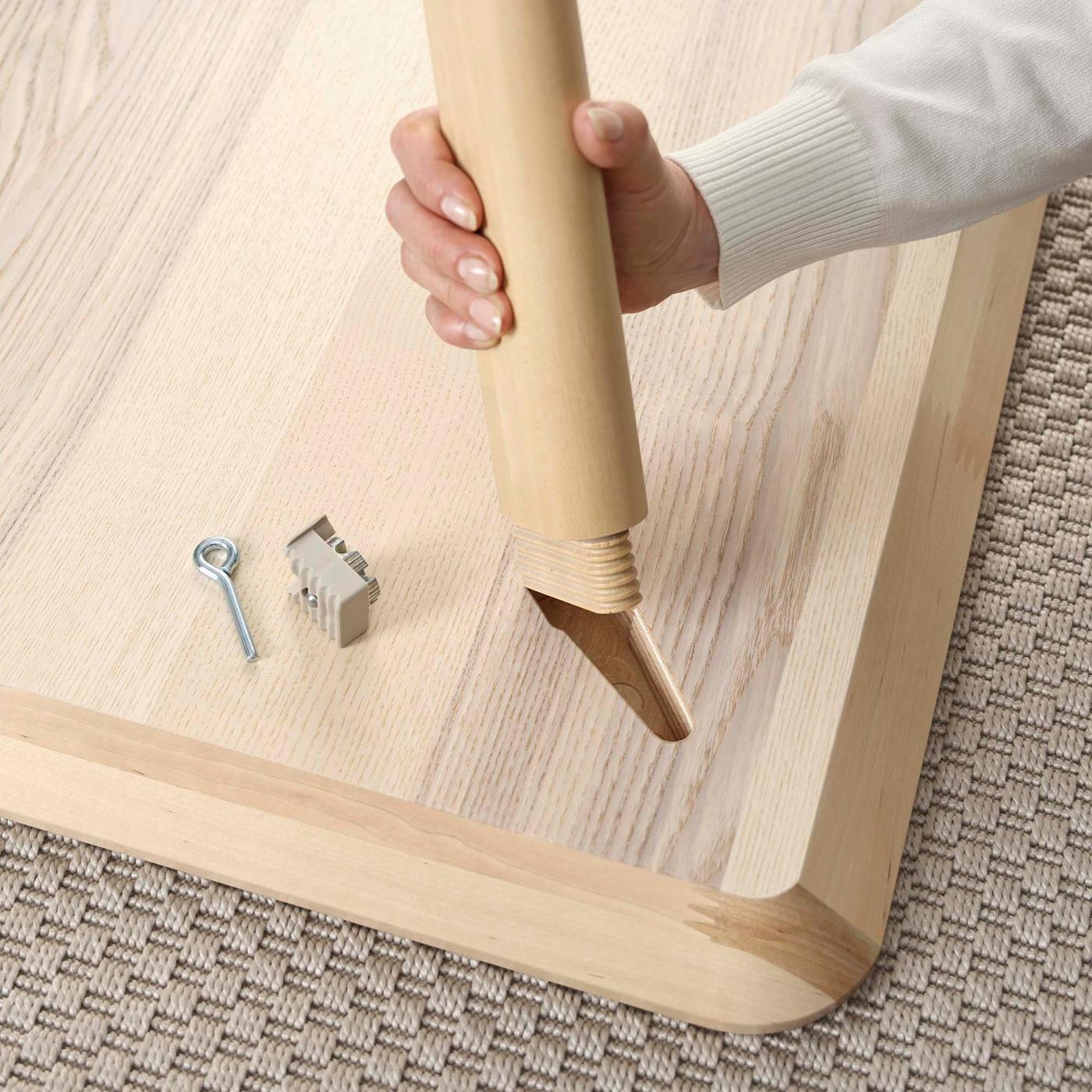
Improving a favourite
The PAX wardrobe is our long-time favourite and is designed for durability and long-term use. The redesigned foldable frame includes a pre-glued, one-piece back and side panels, and the rest of the frame pieces use wedge dowel fittings to connect. The new PAX requires fewer fittings and less time for assembly, and makes disassembly becomes possible and easier. It reduces the risk of damage and has been tested for tool-free assembly, disassembly, and reassembly (up to 10 times). The foldable frame is designed with a platform thinking, and its size, form, etc. is compatible with the previous version of PAX wardrobes, doors and interior fittings.
Using renewable or recycled materials
Materials used in IKEA products account for almost half of the IKEA climate footprint. The materials we choose for our products play an important role in our transition towards a circular business. Therefore, to reduce the overall environmental impact, a crucial step is to shift from fossil-based materials to recycled and renewable resources.
Wood
Wood is the most widely used material in the IKEA range. Our goal for 2030 is to have at least one-third of the IKEA wood-based range made from recycled wood, including 80% of our particle board.
Fibreboard is a key material for IKEA furniture. We use fibreboard to make wood-based furniture, such as kitchens, cabinet doors and picture frames, but its recyclability remains a challenge. To address this, we are working intensively to accelerate development through investments and pilots. IKEA Industry has set up a fibreboard-to-fibreboard recycling line in Zbaszynek, Poland, producing SKÅDIS, SMEVIKEN and SUTTERVIKEN with recycled content from fibreboard.
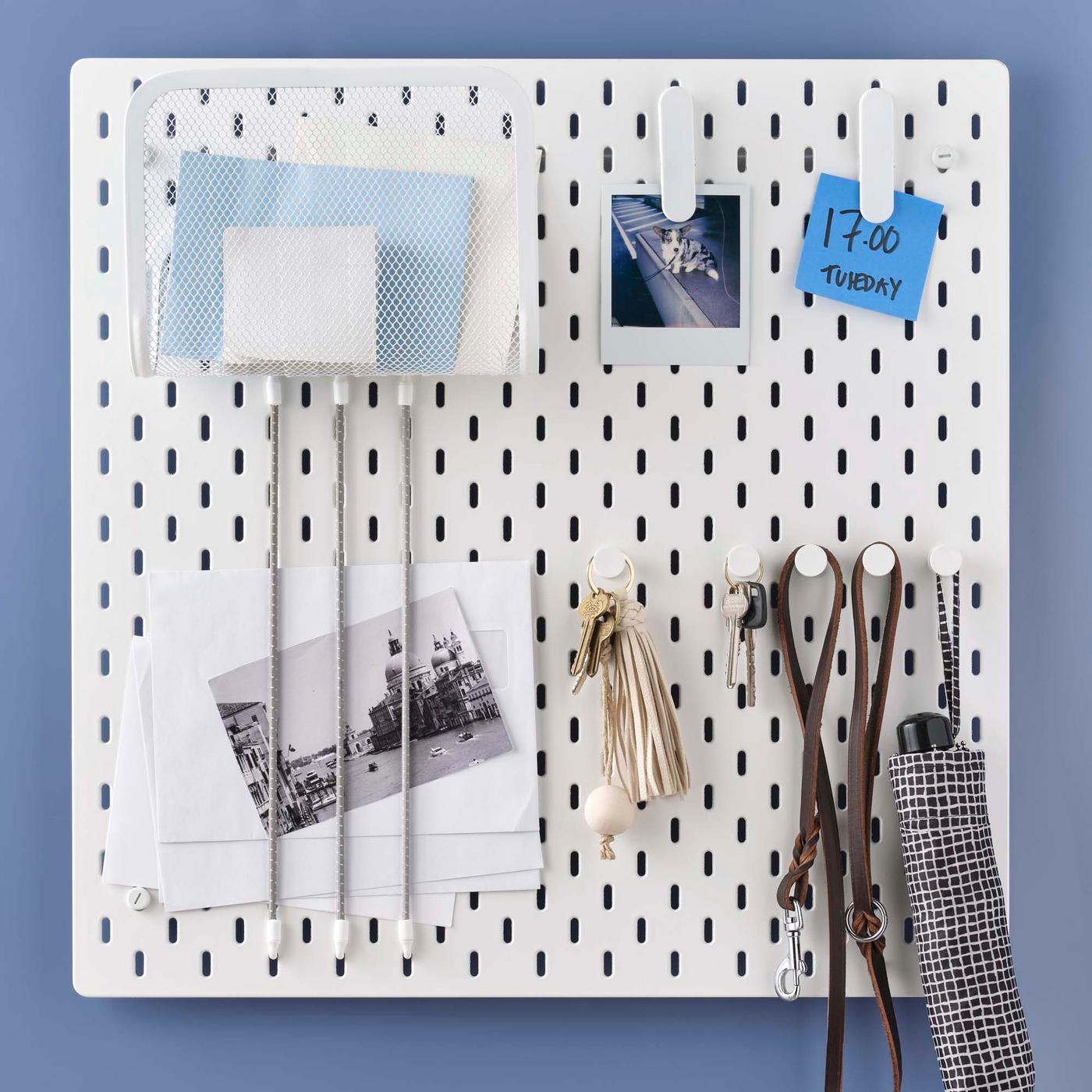

Foam
At IKEA, we keep challenging ourselves to make movements in foam production, to not be dependent on virgin fossil-based sources. We continue to explore and increase the use of recycled and renewable content in polyurethane foam, a key material used in products like mattresses, sofas, chair pads and pillows. In FY24, we successfully reduced the overall foam consumption in mattresses by 20% by using alternative comfort and design solutions, and we initiated a programme to search for companies developing innovative bio-alternatives for foam to reduce our reliance on virgin, fossil-based materials.
Cotton
We define recycled cotton as cotton recovered from hard cotton waste, such as yarns, fabrics, garments etc. and sourced according to the Global Recycled Standard (GRS). Recycled cotton is used together with virgin cotton in some IKEA products for home textiles as well as bed textiles. For example, in some markets, INDIRA bedspreads have included a minimum of 50% recycled cotton.
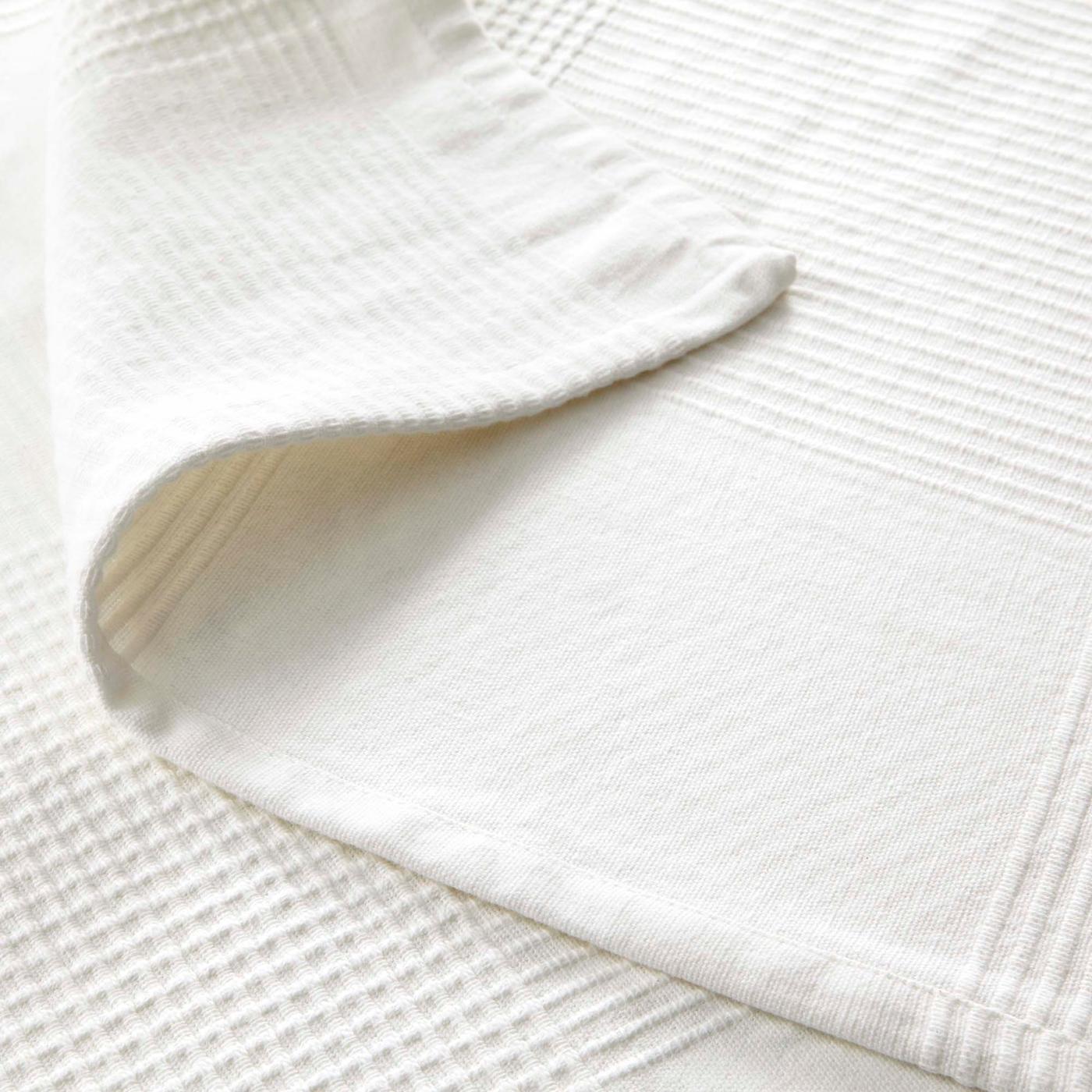
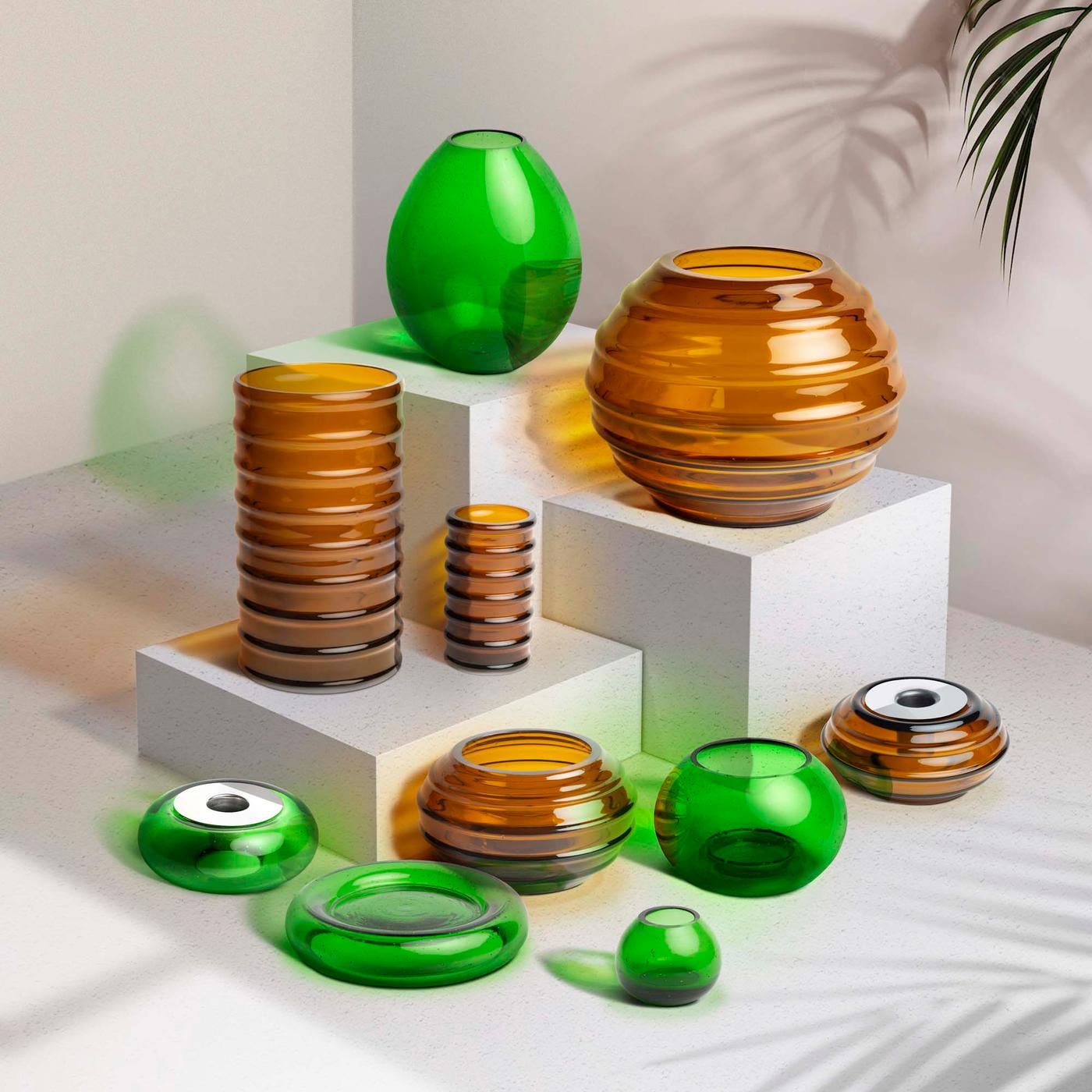
Glass
Glass is a kind of material that can be recycled infinite times. However, it’s often sent to landfill. That’s why we're working with suppliers and other supply chain actors, as well as research institutes, to find ways of taking used glass and turning it into new products.
HÄNGBJÖRK is the mouth-blown decoration collection where we are using 100% glass waste. For this project, we work together with a social entrepreneur in India who employs women with limited financial means to collect glass bottle waste. Melting the waste requires less energy than starting virgin material and the mouth-blown pieces feature unique bubble size and colour variation.
Developing circular services and solutions
We want to inspire and encourage people to participate in the circular economy, and support our customers to reuse, refurbish and recycle their products by developing circular services (repair, removal, buy-back), care and repair products, second-hand product sales (both online and offline), and after-sales parts.
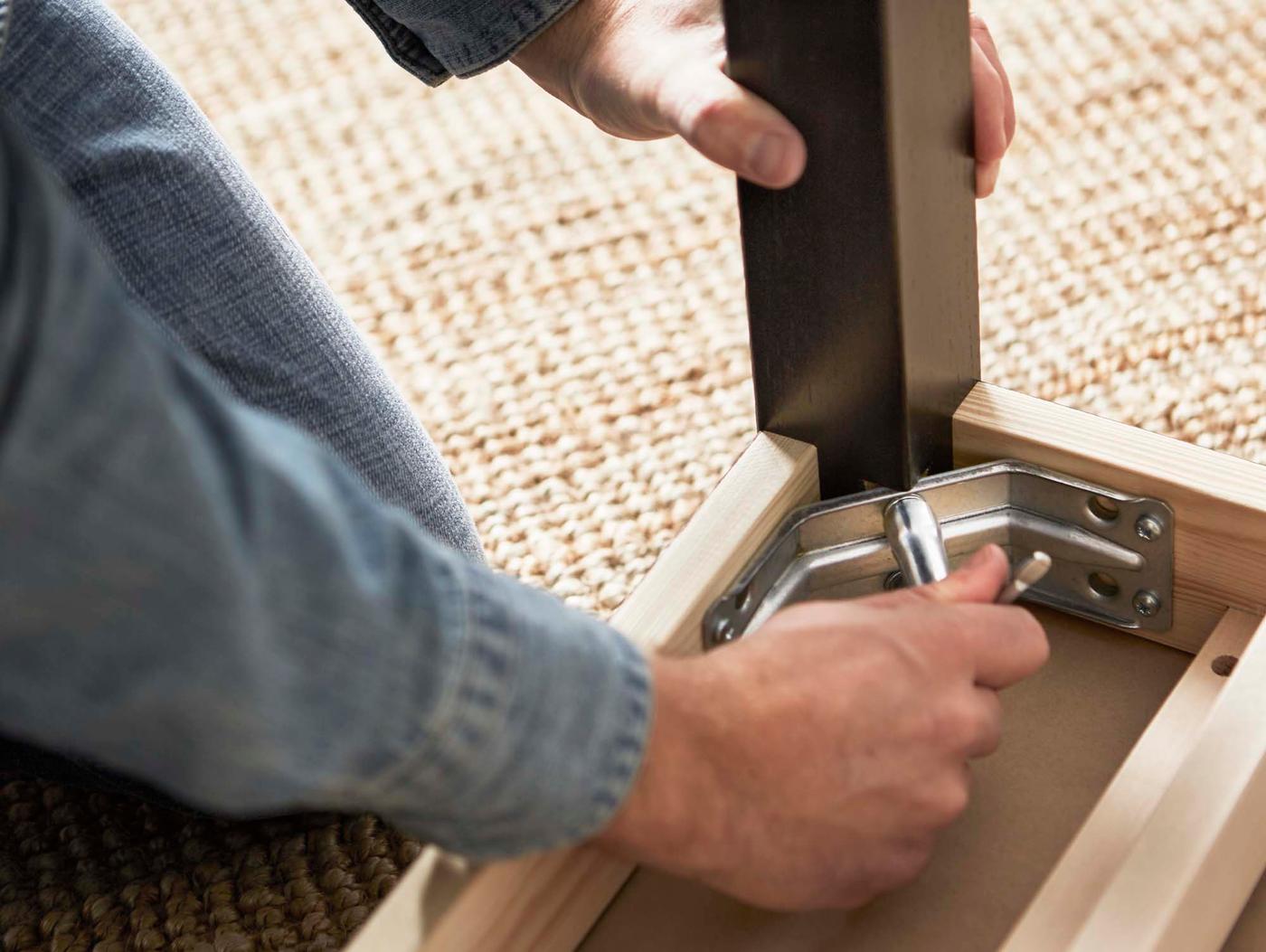
Making it easier to prolong product life
We continue to increase the availability of spare parts for customers to prolong the life of products. Customers can order assembly parts (i.e. nuts, bolts and screws that are shown in assembly instructions) through an online tool. In FY24, we distributed 24.6 million assembly parts, free of charge. Around 190,000 pieces of larger furniture spare parts, like sofa cushions, wardrobe fronts and bed slats were also distributed.
Creating marketplaces for second-hand items
A growing number of IKEA markets buy back IKEA furniture from customers who no longer need it and re-sell these good-quality second-hand items to new customers in the As-Is areas in stores. In FY24, Buyback was operating in 28 markets, and the service grew by 15%, with over 260,000 customers bringing in 495,000 pieces of furniture.
